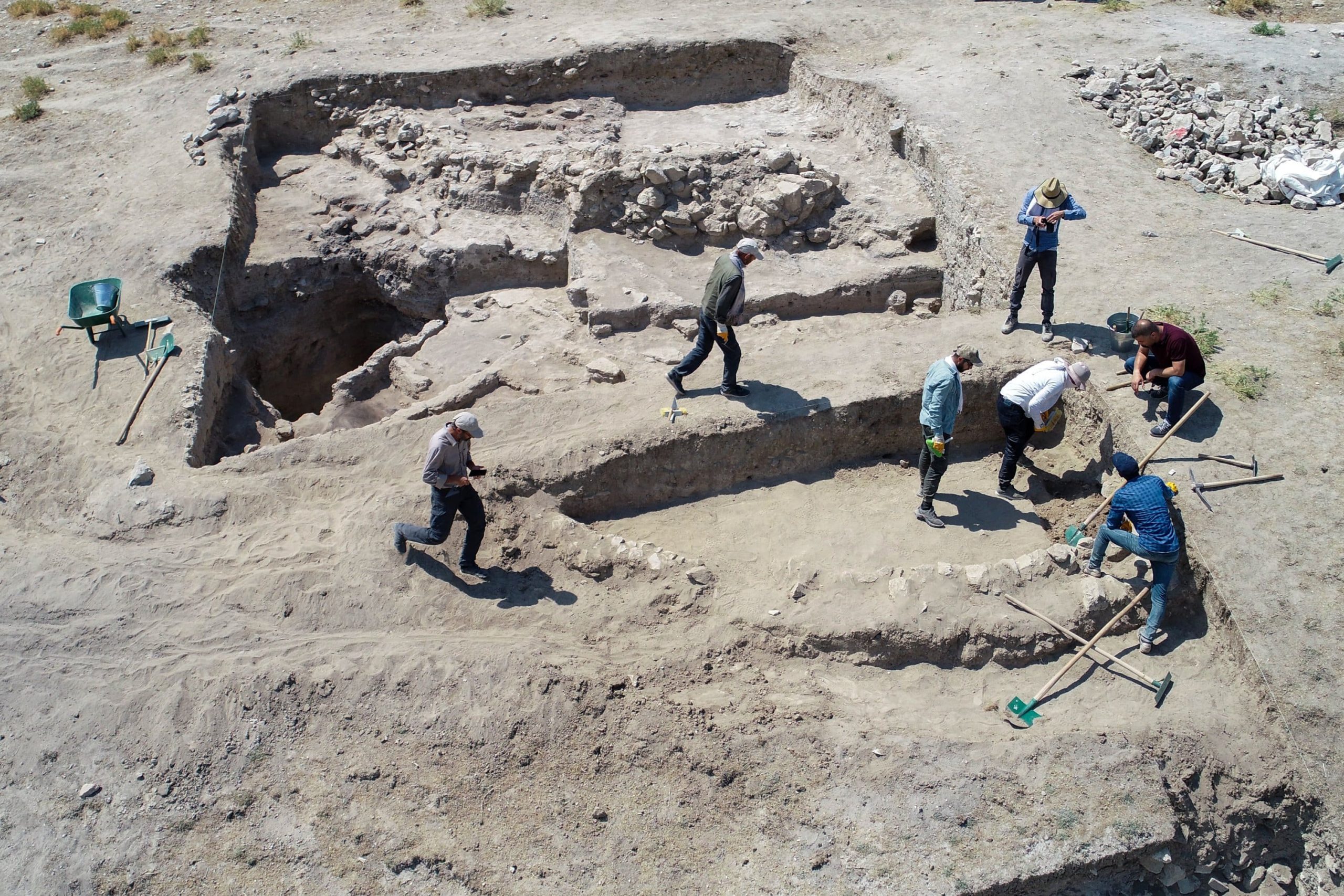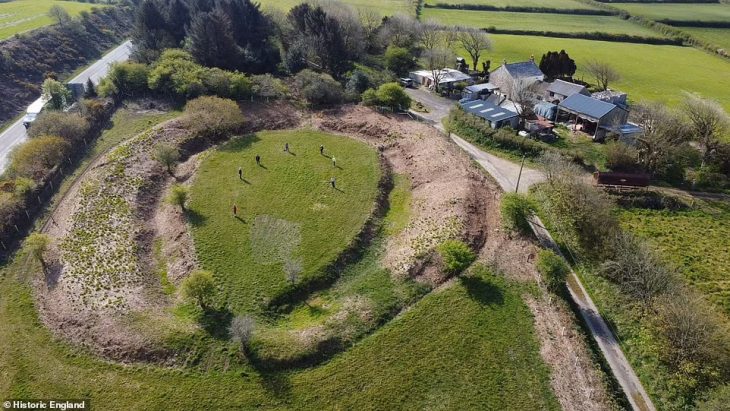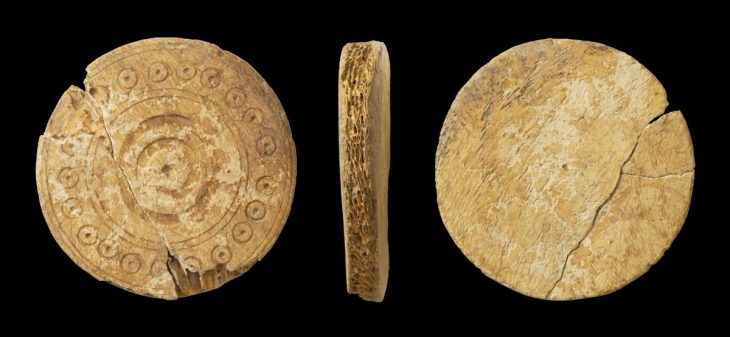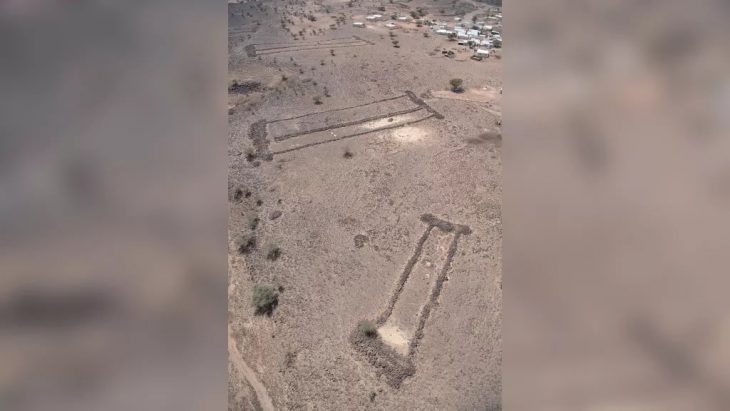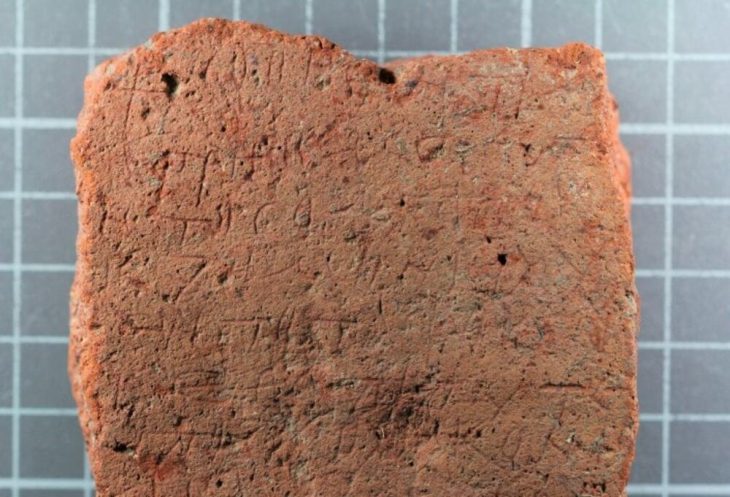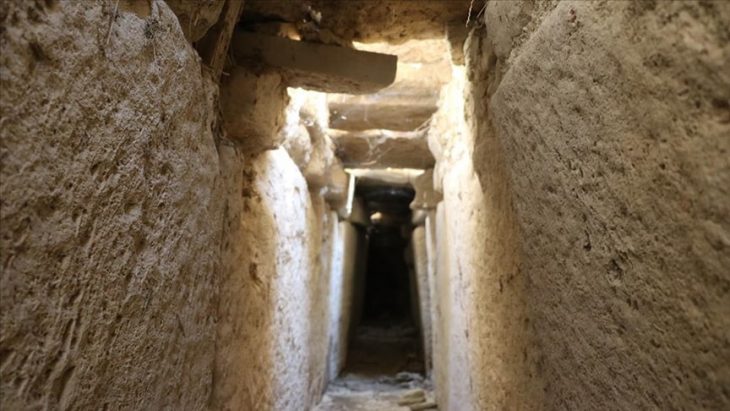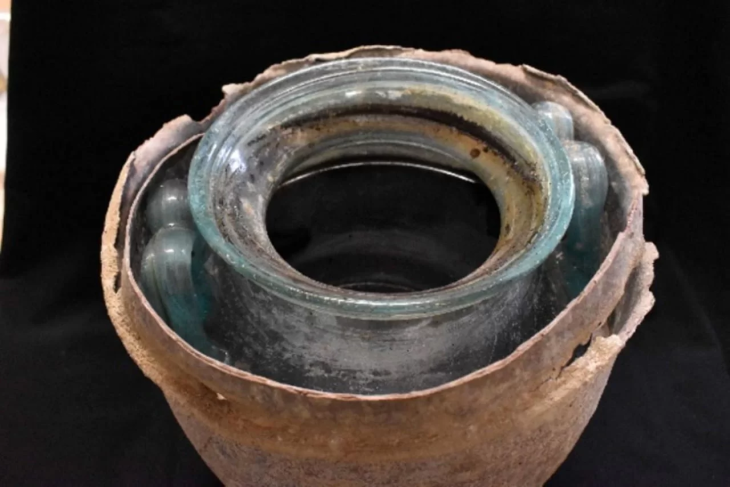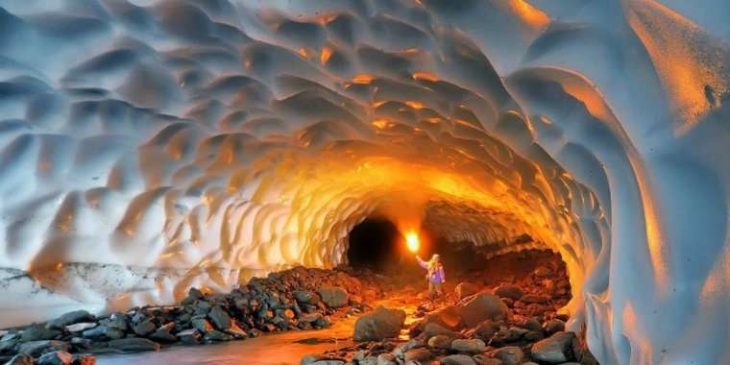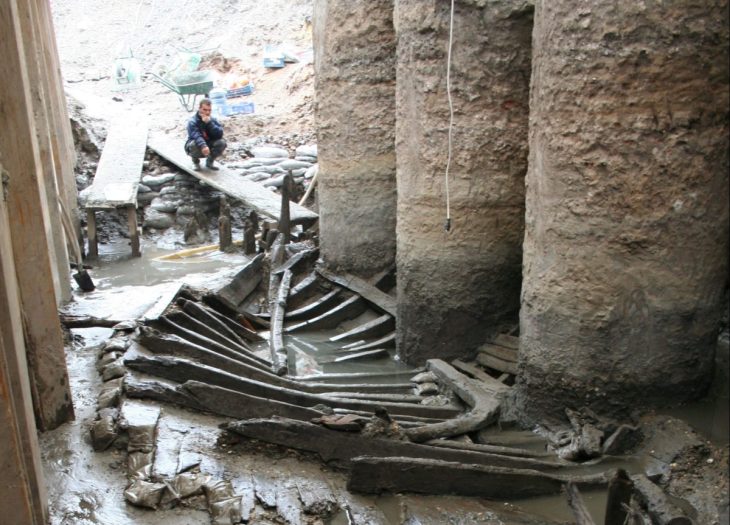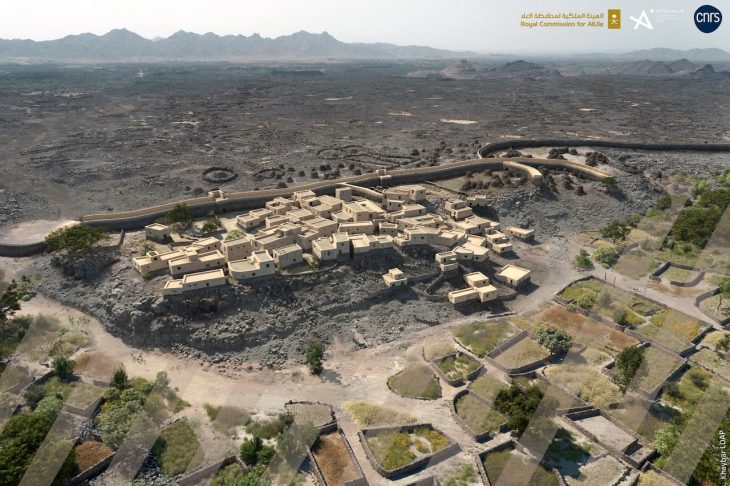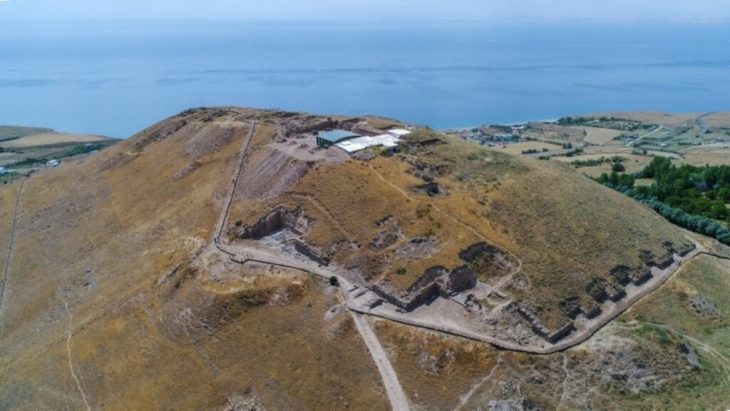Archaeological findings unearthed in the excavations carried out at the İremir Mound in the Gürpınar district of Van, in eastern Turkey, are expected to shed light on the pre-Urartian period in the city.
The excavations on the mound began last year, with authorization from the General Directorate of Cultural Heritage and Museums, and with the assistance of associate professor Hanifi Biber, lecturer at Yüzüncü Yıl University’s (YYÜ) archaeology department. In earlier investigations, the excavation team had uncovered traces of life going back to the Early Bronze Age.
While the team of anthropologists, archaeologists, and art historians has been painstakingly maintaining the digs, they have made fresh discoveries that will shed light on the city’s past this year.
Excavation head Uslu told Anadolu Agency (AA) that their recent findings on the mound are very important in terms of the city’s past and pre-Urartian period here. “There are layers where Iron Age and Early Bronze Age meet at different points of the mound. We think this is especially important in terms of discovering the pre-Urartian period in Van. During the current excavations, we unearthed findings from the beginning of the Iron Age and the Early Bronze Age. Our aim is to reach traces of the Chalcolithic Age. The historical and cultural richness of the region will be documented in this way.”

Biber also said that they recognized the intense use of architectural elements in the region during the excavations and added that they found ceramics unique to the Early Transcaucasian culture in pieces.
“We think that these are local productions and belong to the last periods of Transcaucasian culture. We also found human bones, which our anthropologists have been examing recently. Moreover, we unearthed animal bones such as sheep, goats, and cattle. Therefore, we can say that the fauna of the region has been determined. What is interesting is that these bones were used as tools. In other words, they were turned into sharp objects. All this shows us that life was lively here. While we feel hopeful about the recent discoveries, we are also waiting for new findings that will shed light on the history of the Van region. We have great expectations from the Chalcolithic period.”

